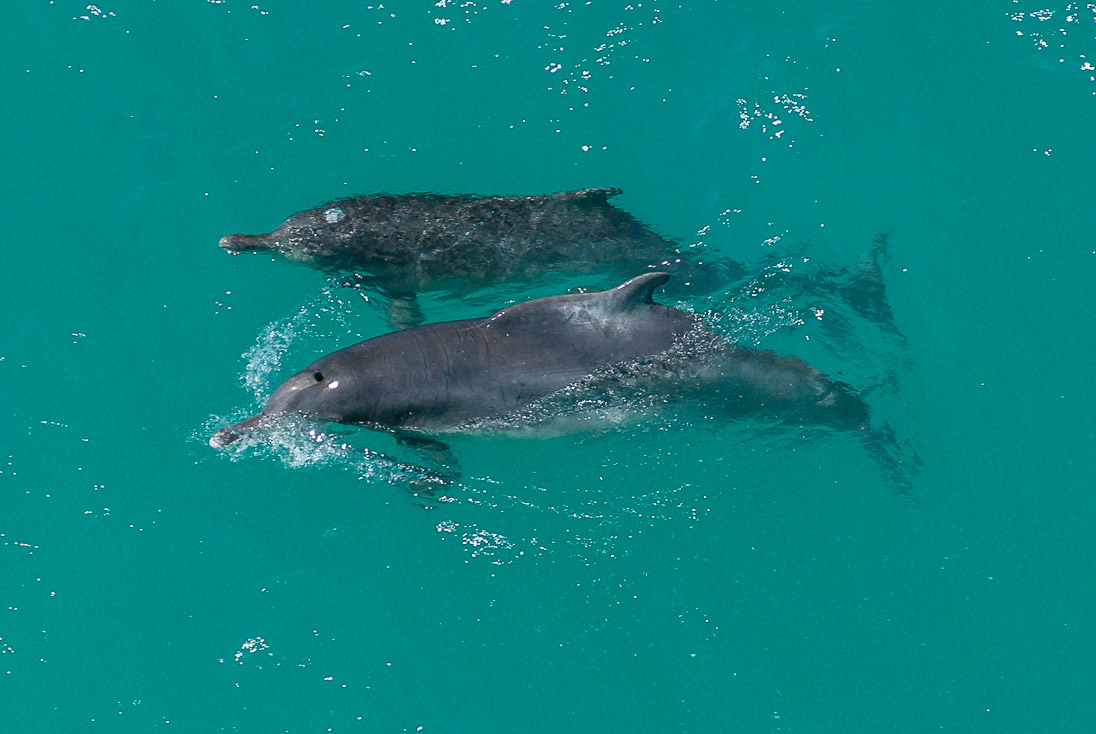What is a marine protected area?
A Marine Protected Area (MPA) is an area of coastline or ocean that is specially protected for the benefit of people and nature.
MPAs help manage part of the marine environment to promote fisheries sustainability, keep marine ecosystems working properly, and protect the range of species living there, helping people to benefit from the ocean. In South Africa, MPAs are declared through the National Environmental Management: Protected Areas Act.
The IUCN provides a global definition of MPAs and notes that an area needs to meet the IUCN protected area definition to qualify and be recognised as an MPA :
““A clearly defined geographical space, recognised, dedicated, and managed, through legal or other effective means, to achieve the long-term conservation of nature with associated ecosystem services and cultural values””
GLOBAL
Global estimates of how much of the ocean is protected range between 1 and 7 % because there are many types of protected areas and different governments and organisations see protection differently. Despite these differences, countries agree that more ocean protection is needed. National waters represent 39% of the global ocean and currently about 17% of these waters are designated as protected areas. Additional protection in the high seas (Areas Beyond National Jurisdiction) is challenging but new work is underway to help increase overall ocean protection levels by increasing protection in this 40% of the planet which covers 64% of the total ocean area.
IN SOUTH AFRICA
South Africa protects approximately 8% of its terrestrial natural heritage through a network of protected areas, such as Kruger National Park. These protected areas are national treasures where current and future generations can explore and experience the wonders of nature. Similarly, the rich diversity of coastal and ocean ecosystems in South Africa are protected through a network of MPAs. Prior to 2019, there were 25 formally declared MPAs including 23 permanent coastal MPAs, one seasonal coastal MPA (Walker Bay) and the large Prince Edward Islands (PEIs) MPA in the Southern Ocean. The 24 MPAs around mainland South Africa covered 0.43% of the total ocean area, of which 0.16% was highly protected (no-take). After the 2011 National Biodiversity Assessment noted that offshore ecosystems were poorly protected, the Offshore MPA project (2007- 2011) initiated plans to increase protection of offshore ecosystems, which were advanced towards implementation during Operation Phakisa Oceans Economy. A total of 22 new MPAs were gazetted for comment in 2016 as part of a lengthy consultation process. The South African Cabinet granted permission to declare a revised network of 20 new MPAs in October 2018. It took several months to prepare the declaration notices and final regulations. This culminated in the gazetting of 20 new MPAs on 23 May 2019. These take effect on 1 August 2019 and expand the protection of South Africa’s mainland ocean territory to 5%.
INTO THE FUTURE
To meet the Ocean Economy and Sustainability Goals of the United Nations, South Africa must work towards further protection. New research and planning work is underway to identify further priority areas for protection to support the longer term goal of 10% ocean protection.













